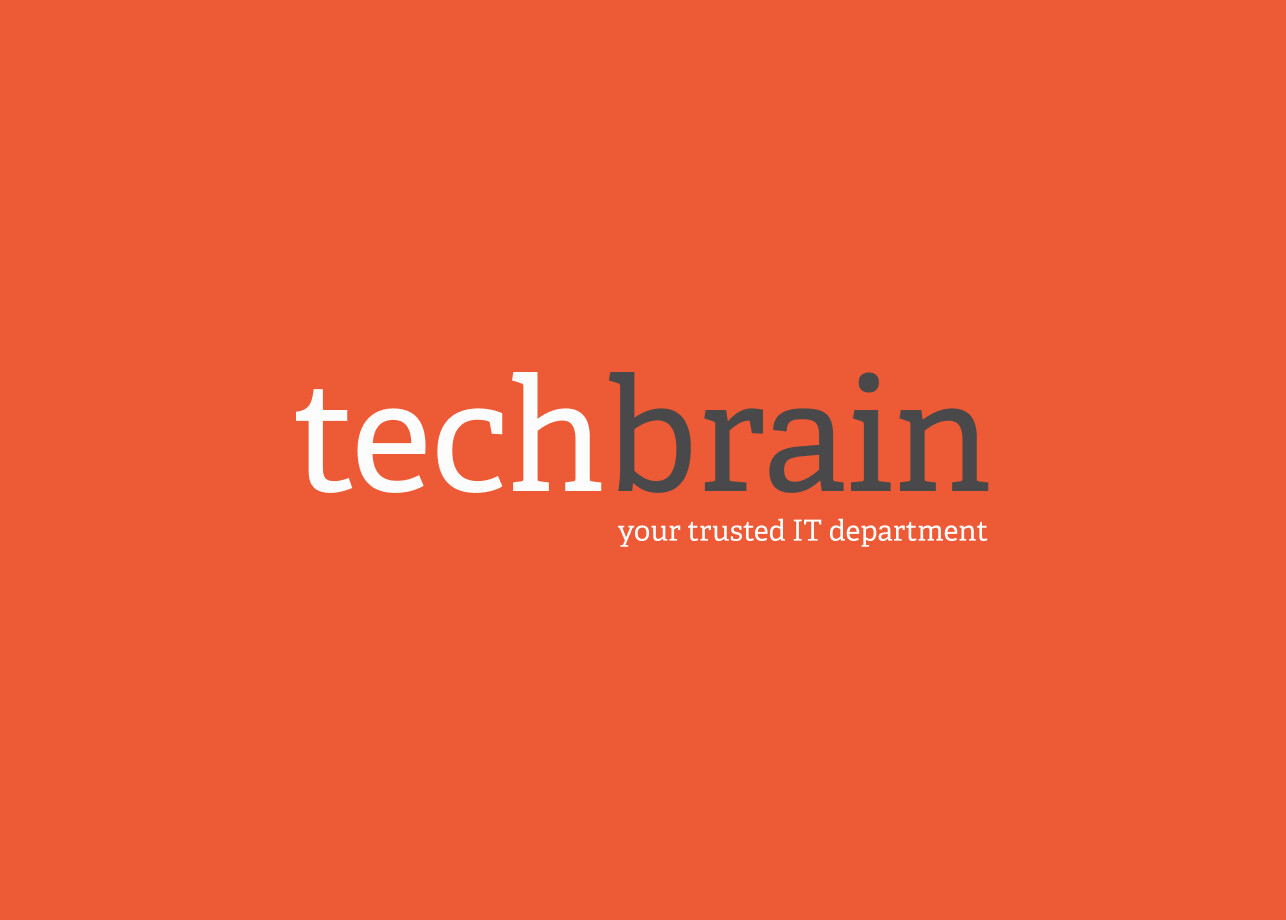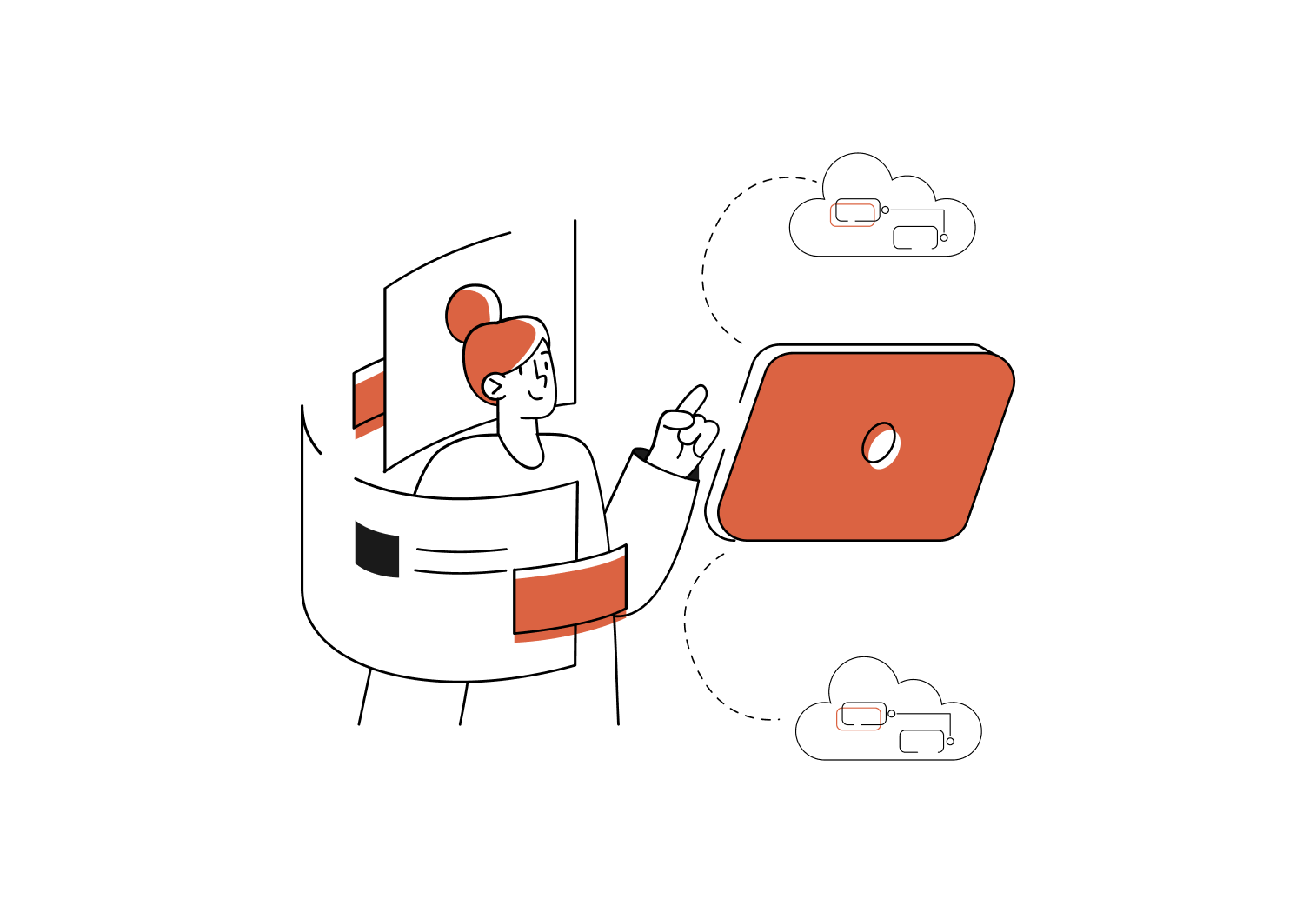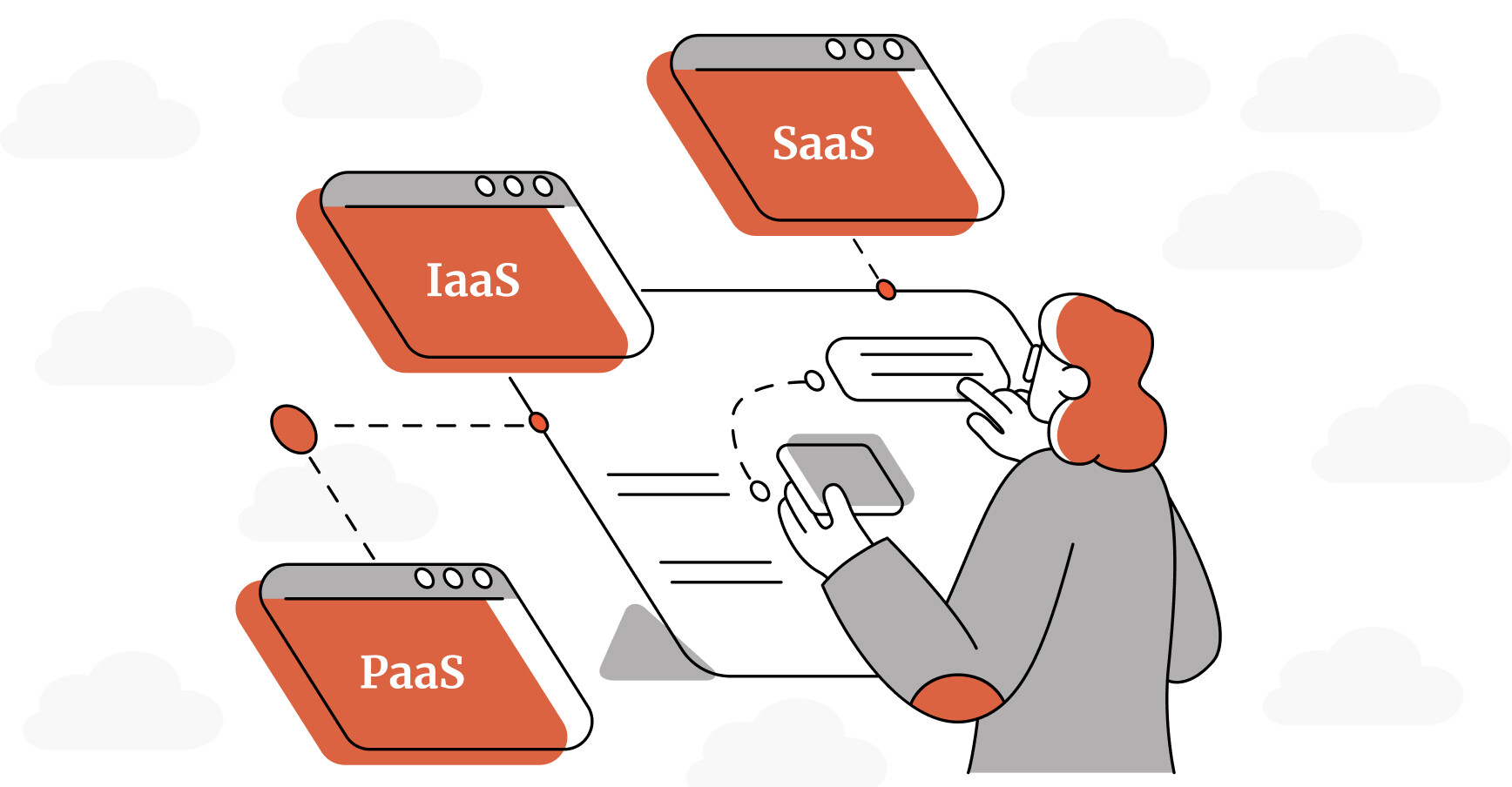The asset management
process
The IT asset management process monitors and maintains an organization’s IT assets, which can include hardware such as computers and servers, as well as software and licenses. The goal of IT asset management is to maximize the value of these assets, while minimizing associated costs and risks.
The IT asset management process typically involves several key steps, including:
- Identifying the organization’s IT assets and categorizing them according to their type, value, and importance.
- Developing policies and procedures for managing these assets, including guidelines for acquisition, maintenance, and disposal.
- Implementing systems and tools for tracking and monitoring the organization’s IT assets, including databases and software applications.
- Conducting regular audits and assessments to ensure that the organization’s IT assets are being properly managed and maintained.
- Establishing processes for monitoring and controlling access to IT assets, and for ensuring their security and integrity.
- Developing strategies for maximizing the value of the organization’s IT assets, such as through investment, optimization, or divestment.
When done well, the IT asset management process is proactive effort to ensure that an organization’s IT assets are being used in the most effective and efficient way possible, in order to support the organization’s goals and objectives.







